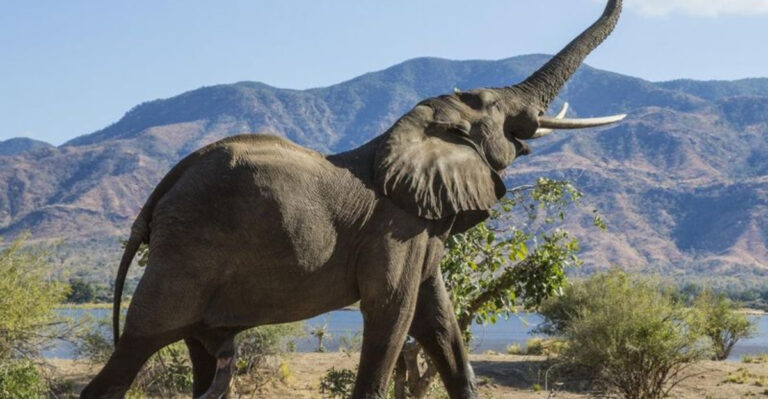16 Smart Things To Do If A Mountain Lion Appears In Your Yard
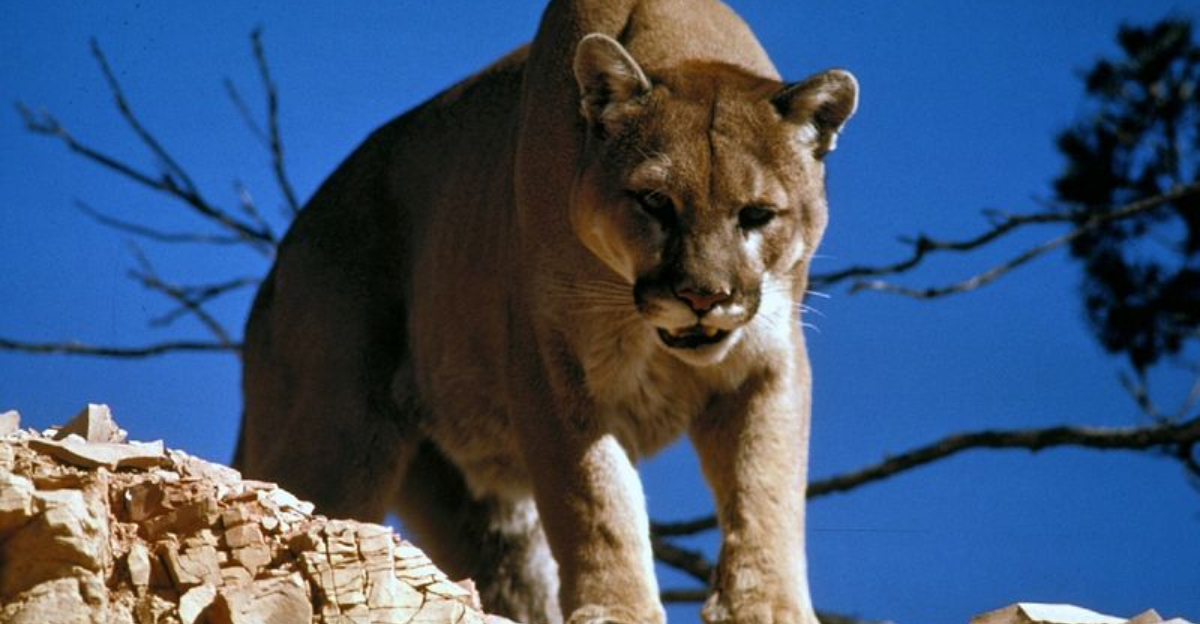
Imagine glancing out your window to see a sleek, tawny predator prowling through your backyard.
Mountain lion encounters near homes are rare but becoming more common as development pushes into their territory.
Knowing how to react could save your life and the animal’s too, turning a potentially dangerous situation into a story you’ll live to tell.
1. Stay Calm And Back Away Slowly
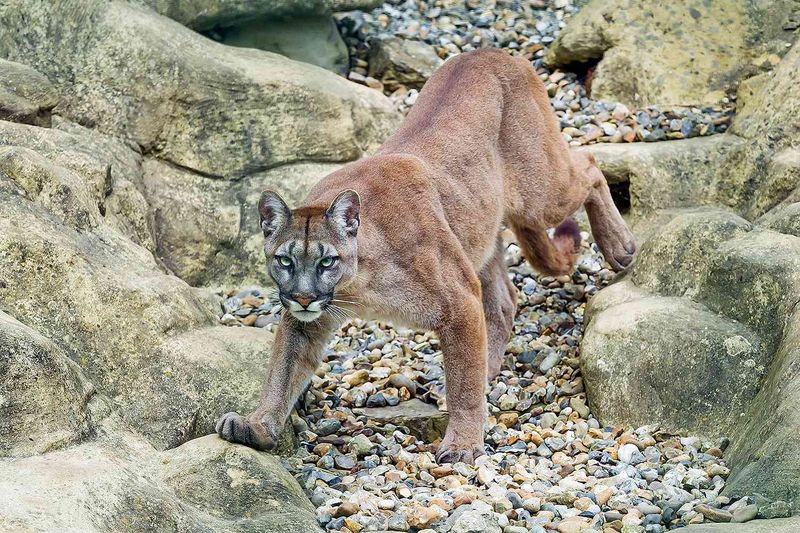
Your first instinct might be to run, but that’s exactly what triggers a mountain lion’s chase response. Predators are wired to pursue fleeing prey.
Take deep breaths and back away gradually without turning your back. This shows you’re not prey while giving the big cat space to escape. Most mountain lions want to avoid humans anyway.
2. Make Yourself Look Bigger
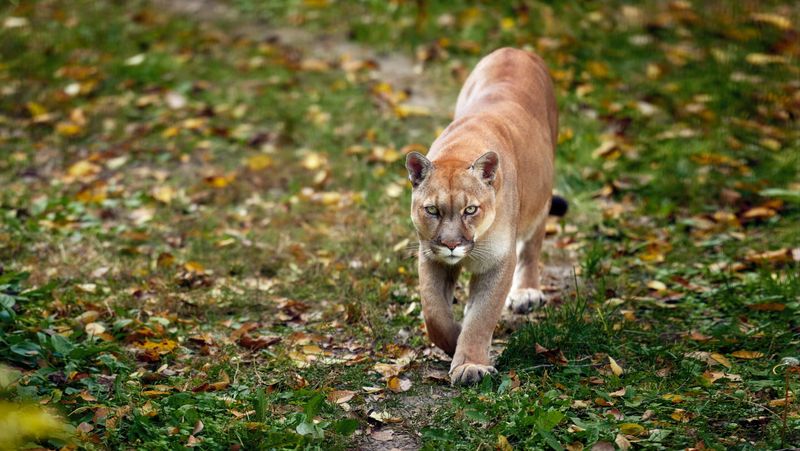
Channel your inner giant! Raise your arms overhead, open your jacket wide, or lift children onto your shoulders. Mountain lions prefer easy targets, and a suddenly enormous human sends a clear message: not worth the trouble.
Even holding up a backpack or spreading out a jacket creates an illusion of size that might make the cat reconsider.
3. Make Noise Without Screaming
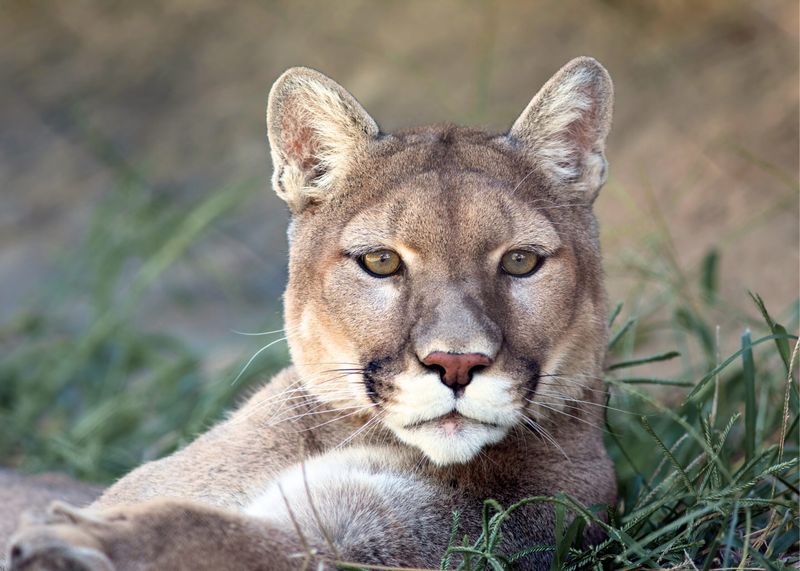
Grab that pot and metal spoon from your kitchen! Firm, authoritative shouting works wonders too. Unusual sounds often spook mountain lions, especially if they’re not familiar with human noises.
Air horns, whistles, or even banging objects together can startle them into retreat. Just avoid high-pitched screams which might sound like injured prey.
4. Maintain Eye Contact
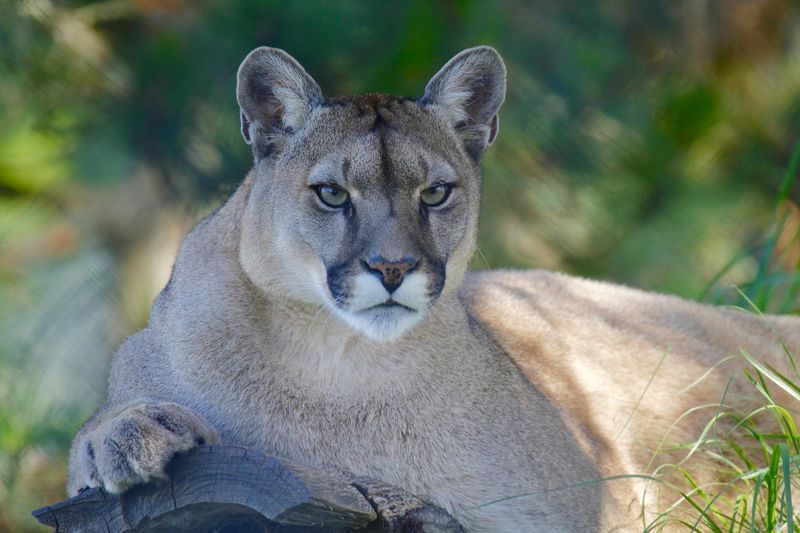
Locking eyes isn’t a staring contest – it’s a survival strategy. Wild predators typically stalk prey from behind, so watching them directly disrupts their hunting pattern.
Don’t glare aggressively, but keep your gaze steady to communicate you’re aware of their presence. This simple action signals you’re not vulnerable prey and might convince the mountain lion to move along.
5. Keep Children And Pets Close
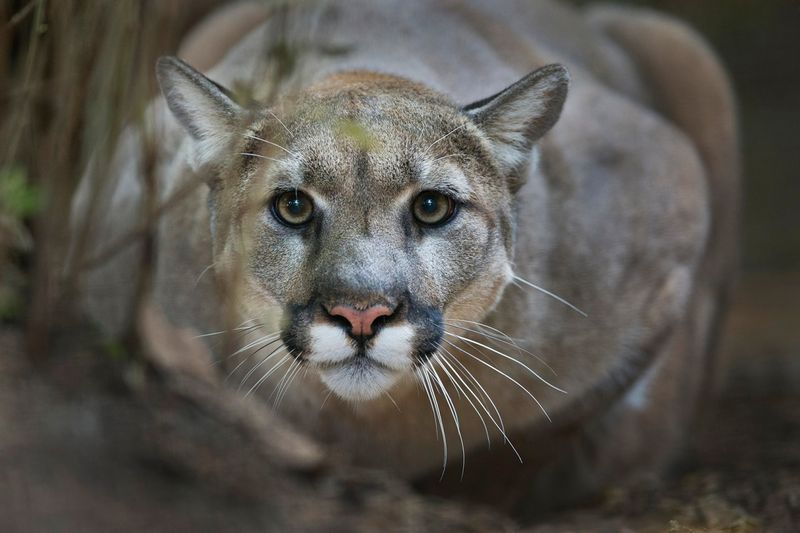
Small beings trigger a mountain lion’s prey drive faster than anything. Their quick movements and high-pitched sounds mimic the cat’s natural targets.
Scoop up children immediately without running or making sudden movements. Leash pets or bring them indoors at the first sign of danger. A mountain lion that might ignore you could find your Chihuahua irresistible.
6. Create A Barrier If Possible
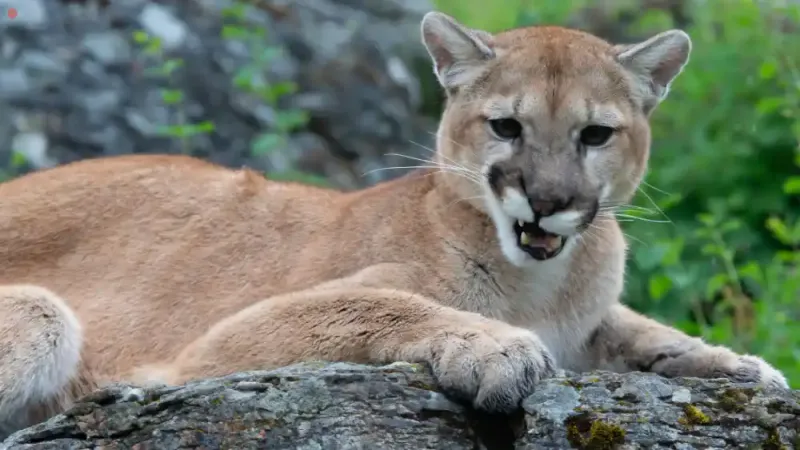
Quick thinking can save lives! Position something between you and the mountain lion while maintaining visual contact. Car doors, yard furniture, or even a garbage can might provide crucial protection.
The barrier doesn’t need to be impenetrable – just enough to disrupt a potential charge and give you time to reach safety.
7. Fight Back If Attacked
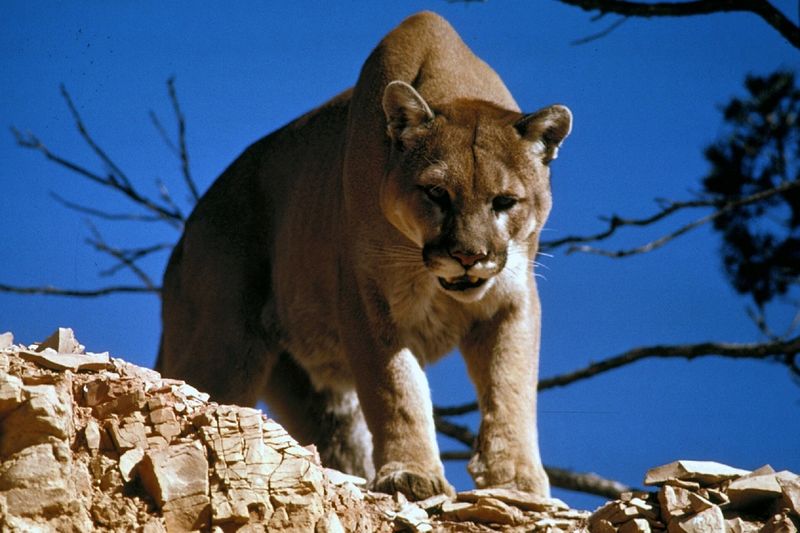
Mountain lions rarely attack humans, but if one does, passivity isn’t an option. Unlike with some wildlife, playing dead won’t help here. Strike the animal’s eyes or nose with whatever you have – rocks, sticks, even your fists.
Many survivors have successfully fought off mountain lions by convincing the predator that you’re too much trouble for a meal.
8. Secure Trash And Pet Food
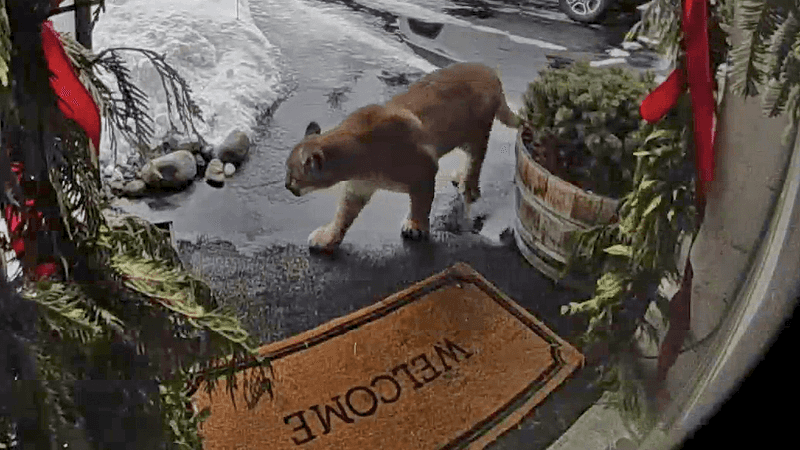
Wonder why that mountain lion wandered into your yard? The answer might be in your garbage can. Secure outdoor trash bins with bungee cords or weights.
Bring pet food inside after feeding time, and clean BBQ grills thoroughly. Mountain lions follow smaller animals that are attracted to these easy meals – eliminate the attraction chain.
9. Install Motion-Activated Lights
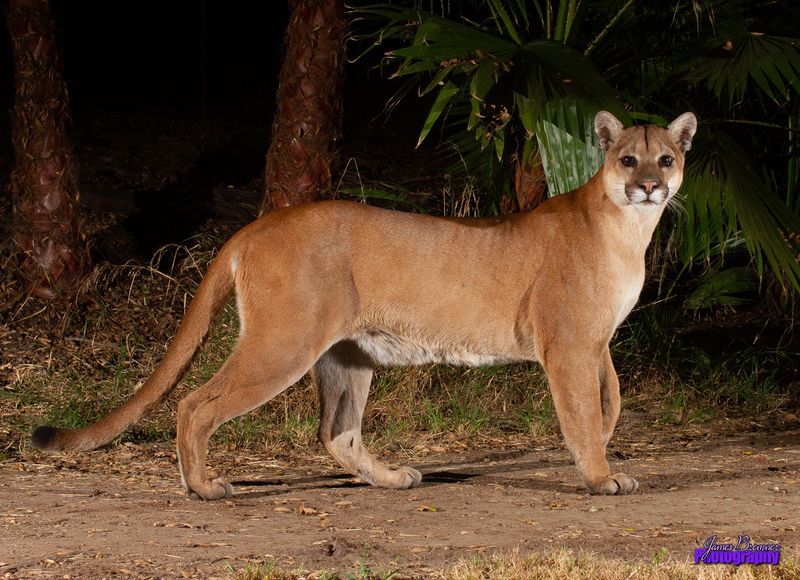
Surprise floodlights can startle even the most confident predator! Mountain lions prefer hunting in darkness and typically avoid well-lit areas.
Strategic placement around your property creates an unexpected deterrent when they trigger the sensors. The sudden brightness disrupts their stealthy approach and often sends them looking for easier hunting grounds elsewhere.
10. Trim Dense Vegetation
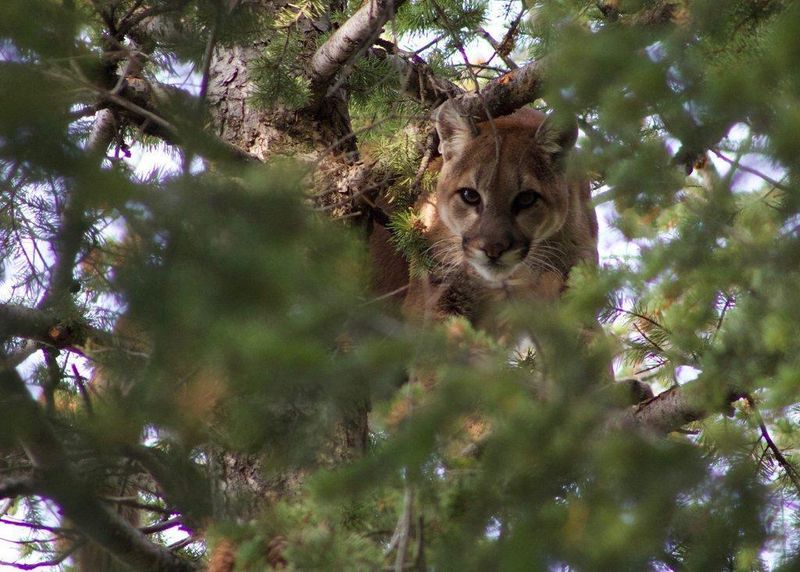
Those overgrown shrubs against your house? Perfect mountain lion hiding spots! Create visibility by trimming bushes, especially near play areas and walkways.
Remove woodpiles or dense landscaping that could serve as ambush points. Mountain lions rely on the element of surprise – deny them cover, and they’ll likely move on to more accommodating territory.
11. Call Wildlife Authorities Immediately
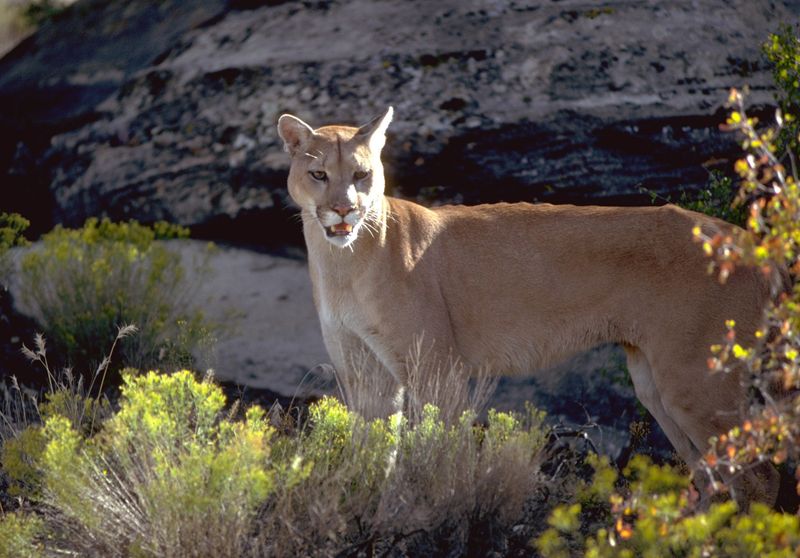
Local experts have the training and equipment to handle mountain lion situations safely. Don’t delay making this call! Wildlife officers can assess the risk level and determine if relocation is necessary.
They’ll also document the sighting, which helps track population movements and protect both humans and animals through informed management decisions.
12. Alert Your Neighbors
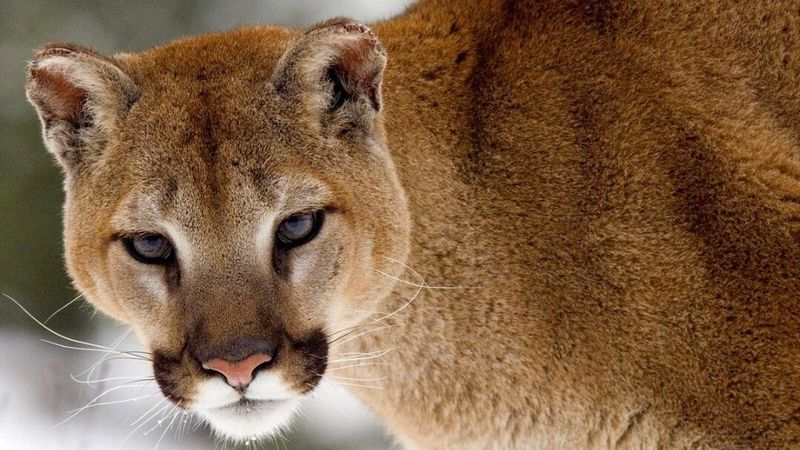
A quick text could prevent a dangerous surprise next door! Mountain lions can travel miles daily and rarely limit visits to single properties. Use neighborhood apps, phone trees, or social media to spread the word.
Include the time, location, and the cat’s direction of travel when last seen. This community awareness helps everyone take appropriate precautions until the animal moves on.
13. Keep Doors And Windows Secured
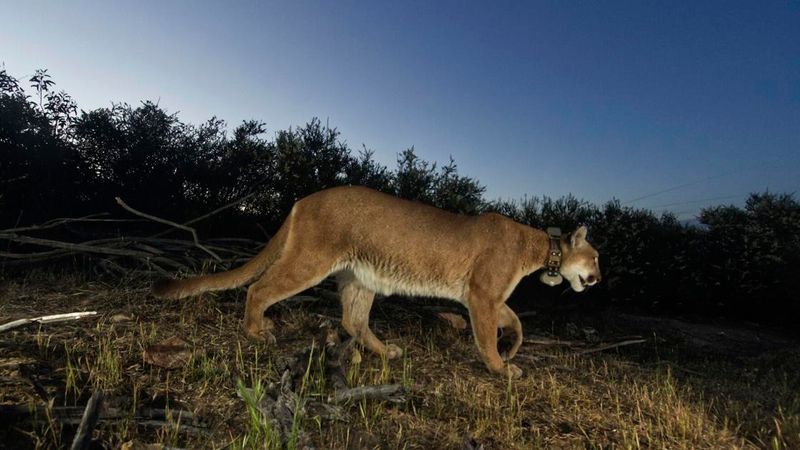
Believe it or not, determined mountain lions can enter homes through unlocked doors or open windows, especially if enticed by pet scents. Check that ground-floor access points are properly latched, particularly at dawn and dusk when these cats are most active.
Screen doors alone won’t stop a mountain lion – use solid barriers until wildlife officials confirm the area is clear.
14. Document The Encounter Safely
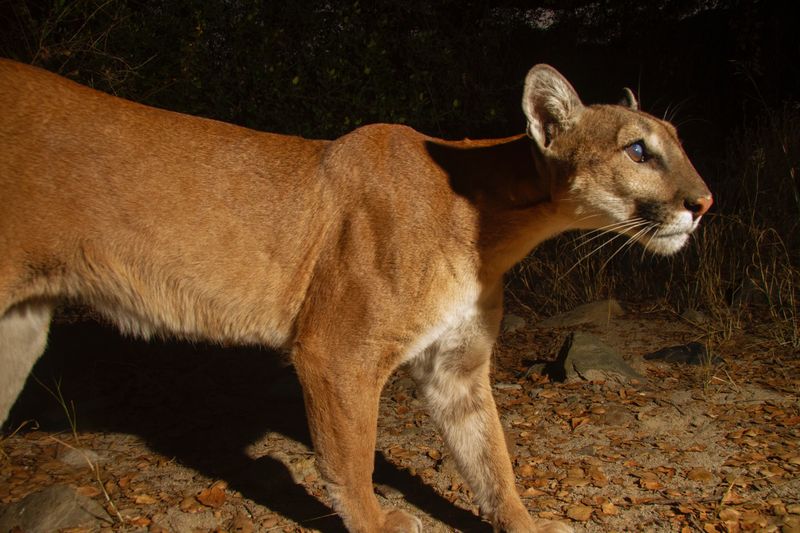
Your smartphone can provide valuable wildlife data – if you use it wisely! Photos or videos help experts verify species, health, and behavior patterns.
Only record from absolute safety, like inside your vehicle or home. Never prioritize getting footage over personal safety, and avoid using flash photography which might startle or aggravate the animal.
15. Remove Attractants Like Water Sources
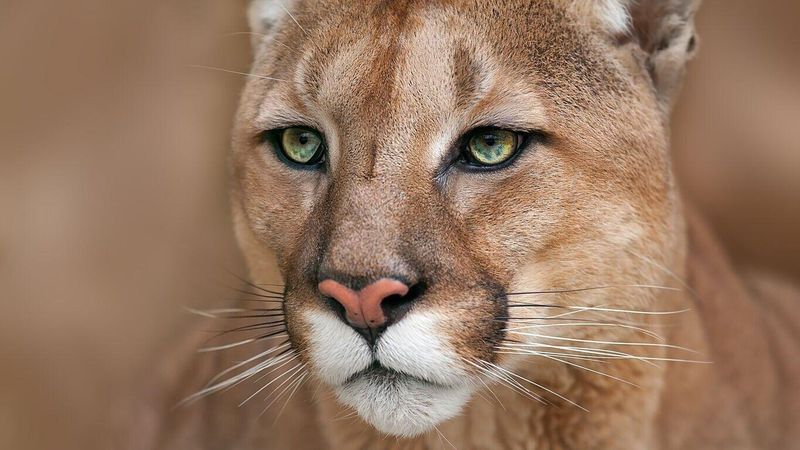
That decorative pond or birdbath? It’s a mountain lion’s drinking fountain and prey magnet rolled into one. Consider temporarily removing artificial water features when mountain lions are reported nearby.
These attract deer, raccoons, and other animals that mountain lions hunt. Eliminating these gathering spots makes your property less appealing to the entire food chain.
16. Consider Installing Protective Fencing
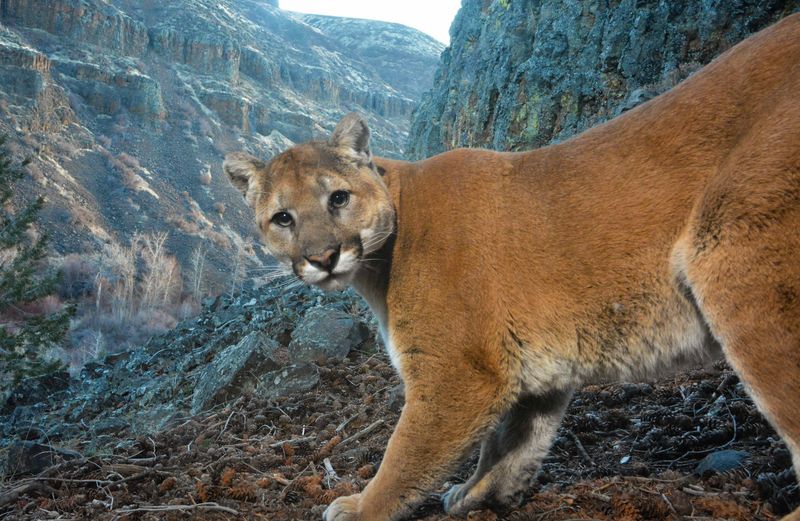
Not all fences are created equal when it comes to mountain lion deterrence. These athletic cats can jump up to 15 feet high!
Effective barriers need height (at least 10 feet) and either an inward-facing overhang or roller bars at the top. While expensive, proper fencing offers long-term protection for properties in areas with frequent big cat activity.


